Blog
Jewellok is a professional pressure regulator and valve manufacturer and supplier.
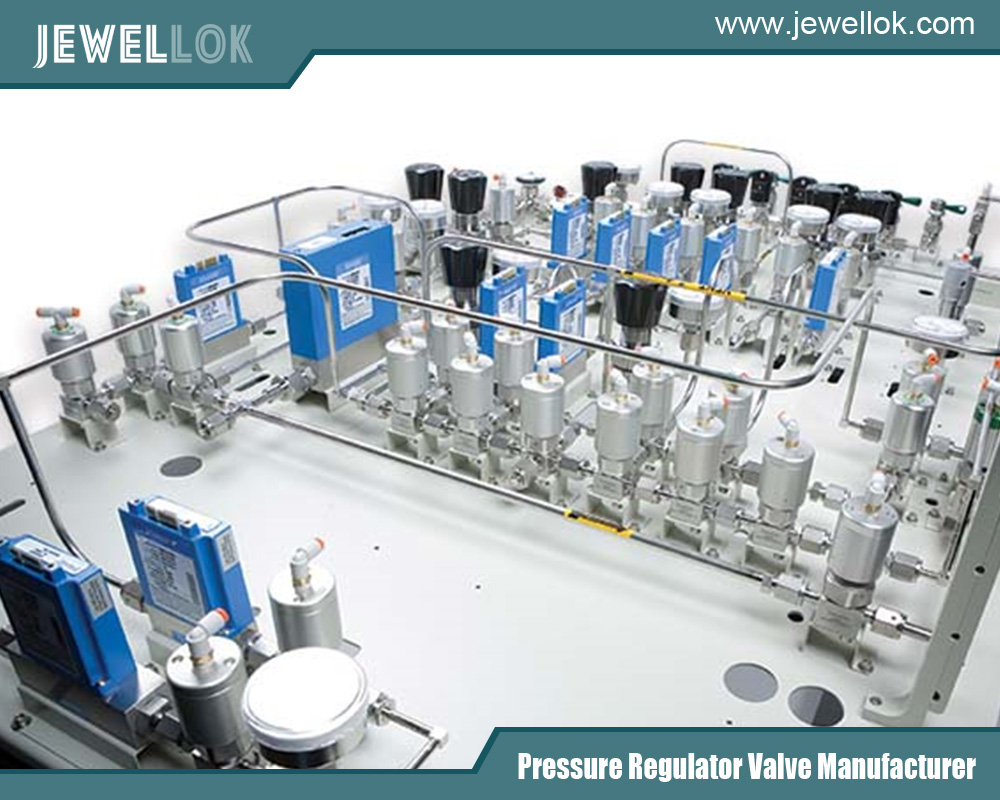
Applications Of Ultra-High Purity Gas Pressure Regulators
- Pressure Regulator Valve Manufacturer
- application of ultra-high purity gas pressure regulator, China High Pressure Regulator Factory, China Pressure Regulator Manufacturers, Dual-Stage Ultra-High Purity Regulator, high flow air pressure regulator, high flow nitrogen regulator, high flow regulator oxygen, high flow water pressure regulator, high pressure nitrogen regulator 2000 psi, high pressure nitrogen regulator 6000 psi, High-Purity, High-Purity High-Flow Gas Regulators, Single-Stage, Single-Stage Ultra-High Purity Regulator, UHP Metal to metal diaphragm seals regulator, UHP pressure regulator, UHP Pressure Regulators, uhp pressure regulators manufacturer, uhp pressure regulators manufacturer in china, UHP regulator Manufacturer And Supplier in China, Ultra High Purity Gas Delivery System Manufacturer, Ultra High Purity Gas Regulators, Ultra High Purity Regulator 3500psi
- No Comments
Applications Of Ultra-High Purity Gas Pressure Regulators
Introduction
Ultra-high purity (UHP) gas pressure regulators are critical components in industries requiring precise control of gas flow and pressure while maintaining the integrity of the gas’s purity. These devices are engineered to handle gases with minimal contamination, ensuring that processes reliant on high-purity gases—such as semiconductor manufacturing, pharmaceutical production, and scientific research—operate without compromise. Unlike standard regulators, UHP regulators are designed with materials and configurations that prevent outgassing, leakage, or particle generation, which could degrade gas quality. As industries push the boundaries of innovation, the demand for UHP gas pressure regulators continues to grow, driven by advancements in nanotechnology, clean energy, and medical applications. This article explores the diverse applications of UHP gas pressure regulators, their technical significance, and their role in enabling cutting-edge technologies. We will also examine specific use cases and the challenges associated with their implementation.
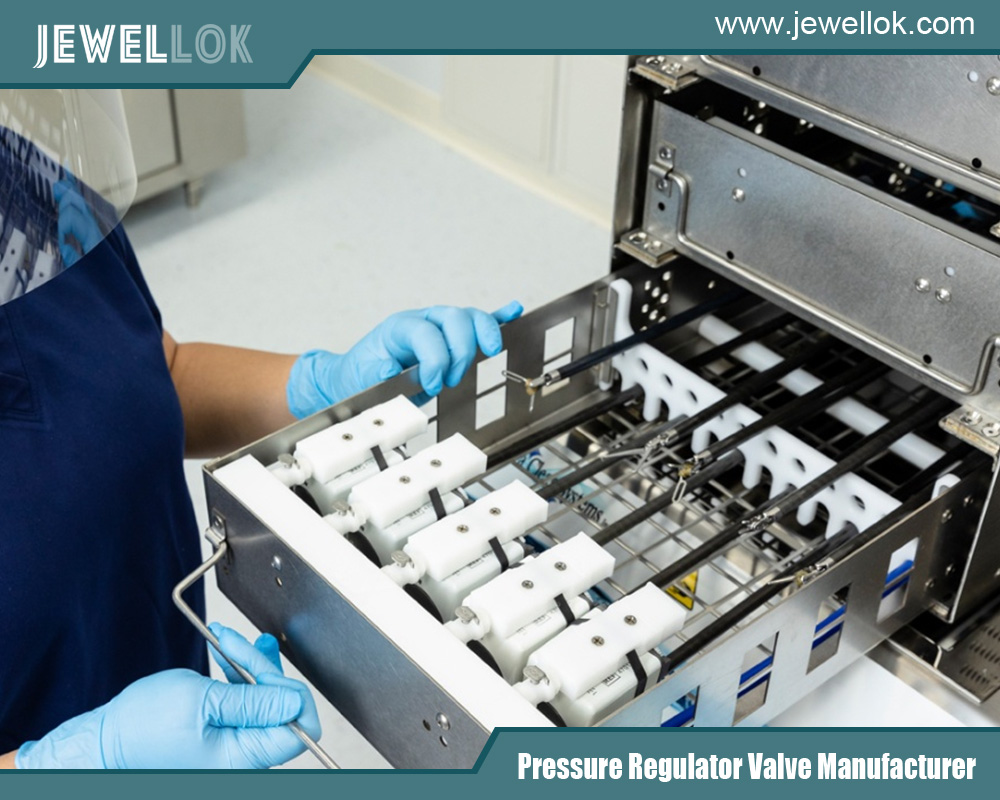
Section 1: Understanding Ultra-High Purity Gas Pressure Regulators
A UHP gas pressure regulator is a specialized valve system designed to reduce and control the pressure of a gas from a high-pressure source (e.g., a cylinder or pipeline) to a stable, usable level, all while preserving the gas’s purity. These regulators are typically constructed from stainless steel or other non-reactive materials, with polished internal surfaces to minimize particle shedding and contamination. Seals and diaphragms are made from materials like PTFE or metal-to-metal designs to avoid outgassing of volatile organic compounds (VOCs).
The defining feature of UHP regulators is their ability to maintain gas purity levels exceeding 99.9999% (6N purity), which is essential for applications where even trace impurities can lead to defects or failures. For instance, in semiconductor fabrication, a single contaminant particle can ruin a microchip, costing millions in losses. UHP regulators achieve this through rigorous design standards, such as low dead volume, leak-tight construction, and compatibility with corrosive or reactive gases like silane or ammonia. Their applications span industries where precision, reliability, and cleanliness are non-negotiable.
Section 2: Key Applications of UHP Gas Pressure Regulators
2.1 Semiconductor Manufacturing
The semiconductor industry is the largest consumer of UHP gas pressure regulators. Processes like chemical vapor deposition (CVD) and etching rely on gases such as argon, nitrogen, and silane, delivered at precise pressures and purity levels. UHP regulators ensure that these gases remain free of moisture, oxygen, or hydrocarbons, which could introduce defects into silicon wafers. For example, during photolithography, even parts-per-billion (ppb) levels of contamination can alter the performance of a microchip. UHP regulators are thus integral to producing modern electronics, from smartphones to advanced AI hardware.
2.2 Pharmaceutical and Biotechnology
In pharmaceutical manufacturing, UHP gases like nitrogen and carbon dioxide are used in processes such as lyophilization (freeze-drying) and inerting to prevent oxidation of sensitive compounds. UHP regulators maintain the integrity of these gases, ensuring compliance with stringent regulatory standards like Good Manufacturing Practices (GMP). In biotechnology, they support cell culture systems and gas chromatography, where purity directly impacts experimental outcomes.
2.3 Scientific Research
Research facilities, including those studying particle physics or material science, depend on UHP gases for experiments requiring controlled environments. For instance, in gas chromatography-mass spectrometry (GC-MS), helium regulated by UHP systems ensures accurate detection of compounds without interference from impurities. Similarly, in laser research, UHP regulators deliver gases like helium-neon mixtures with precision for optimal beam stability.
2.4 Clean Energy and Aerospace
The clean energy sector uses UHP regulators in hydrogen fuel cell production, where high-purity hydrogen is critical for efficiency and safety. In aerospace, they regulate gases for propulsion testing and satellite manufacturing, where contamination could compromise performance in space’s harsh conditions.
Section 3: Technical Challenges and Solutions
Implementing UHP gas pressure regulators comes with challenges. One major issue is material compatibility—gases like fluorine require regulators resistant to corrosion, often necessitating exotic alloys like Hastelloy. Another challenge is maintaining purity during installation or maintenance, as exposure to ambient air can introduce contaminants. To address this, manufacturers employ cleanroom assembly and helium leak testing to verify integrity.
Pressure stability is another concern. In dynamic processes, fluctuations can disrupt gas delivery, so advanced UHP regulators incorporate features like dual-stage designs for consistent output. Cost is also a factor; UHP systems are expensive due to their specialized materials and precision engineering, but their value in preventing costly process failures justifies the investment.
Section 4: Future Trends and Innovations
The future of UHP gas pressure regulators lies in smart technology and sustainability. Integration with IoT sensors allows real-time monitoring of pressure, flow, and purity, enhancing process control in industries like semiconductor fabrication. Additionally, as clean energy technologies like hydrogen fuel cells expand, regulators are being optimized for higher pressures and compatibility with renewable gas sources. Innovations in miniaturization are also emerging, catering to compact systems in medical devices and portable analytical tools. Sustainability efforts focus on reducing helium dependency by improving recycling systems, given its scarcity.
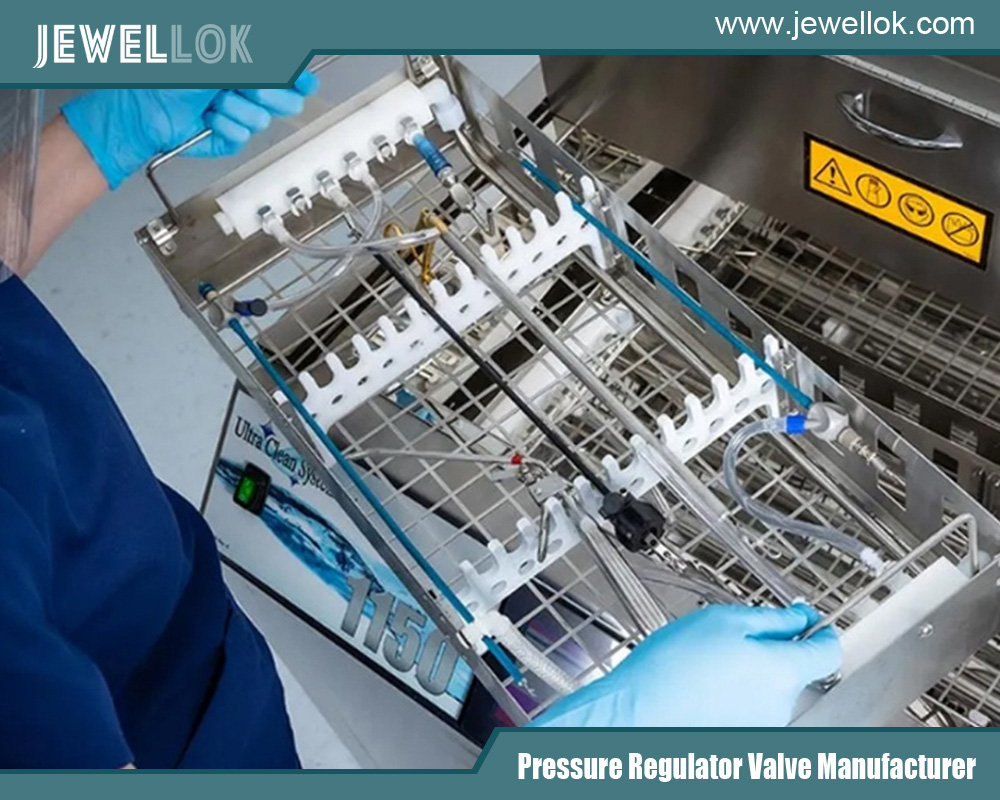
Conclusion
Ultra-high purity gas pressure regulators are unsung heroes in modern industry, enabling precision and reliability in applications from microchip production to life-saving pharmaceuticals. Their ability to maintain gas purity under demanding conditions underscores their importance in driving technological progress. As industries evolve, so too will these regulators, adapting to new challenges and opportunities. By understanding their applications and technical nuances, we can appreciate their role in shaping a future defined by innovation and excellence.
For more about the application of ultra-high purity gas pressure regulator, you can pay a visit to Jewellok at https://www.jewellok.com/application/ for more info.
Recent Posts
Tags
1 1 2 gas pressure regulator
1 2 gas regulator
1/2 gas pressure regulator
2 inch irrigation solenoid valve
2 inch irrigation valve
6mm compression fitting
6mm equivalent
8mm compression fitting
adjustable low pressure propane regulator
adjustable propane pressure regulator
adjustable propane regulator
adjusting propane regulator
air compressor non return valve
argon hose fitting
diaphragm suppliers
fluid systems components
gases used in semiconductor manufacturing
gas pipeline valve
gas pipeline valves
gas regulator
high purity valves
how a pressure regulator works
how does a needle valve work
how does pressure regulator work
how often should pressure relief valves be replaced
how solenoid valves work
humming propane regulator
irrigation timer valve
low pressure regulator
pressure gauge manufacturers
pressure regulator
pressure regulator valve leaking
regulator valve alibaba international market
relief vs safety valve
safety relief valve vs pressure relief valve
safety relief valve vs safety valve
safety valve and relief valve
safety valve and relief valve difference
safety valve vs pressure relief valve
single stage pressure regulator
stainless pressure regulator
stainless steel 1/4 in. pressure gauge fitting - 3/8 qc
two stage pressure regulator
valve timer water
what is a gas pressure regulator
Recommended Products
-
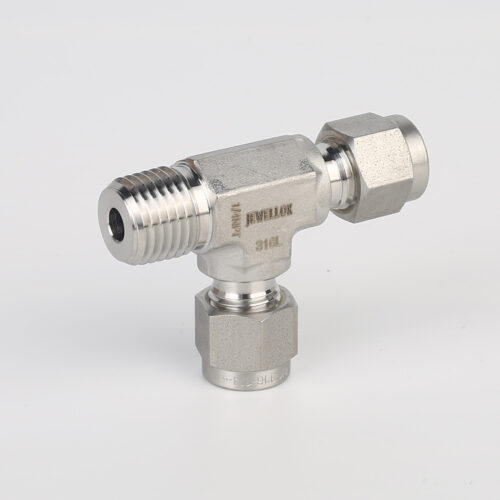
771L Male Run Tee | Stainless Steel High Quality High Purity Male Run Tee Branch Tee Pipe Fittings
-
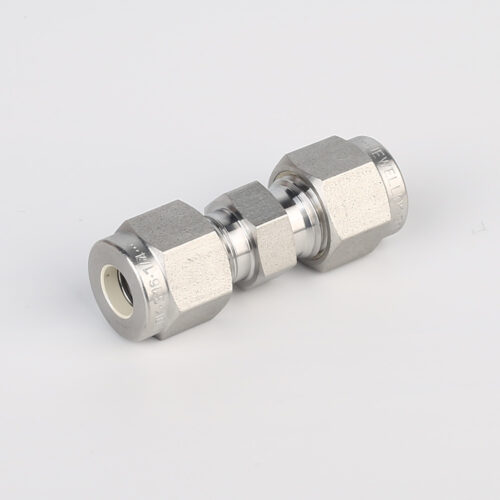
762L Stainless Steel High Purity Union High-Purity Gas System Fittings
-
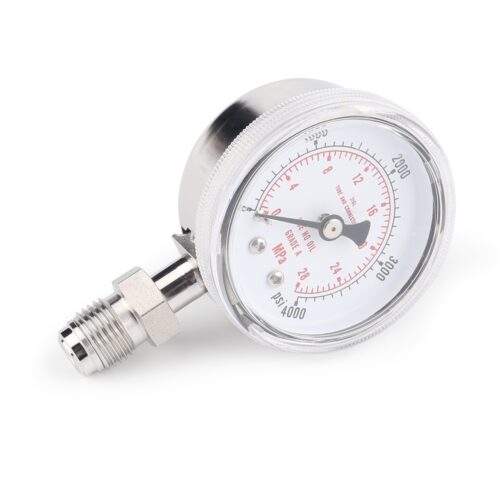
Ultra High Purity Oxygen Pressure Gauge For Semiconductor Gases JG Series Pressure Instruments For Semiconductor Manufacturing
-
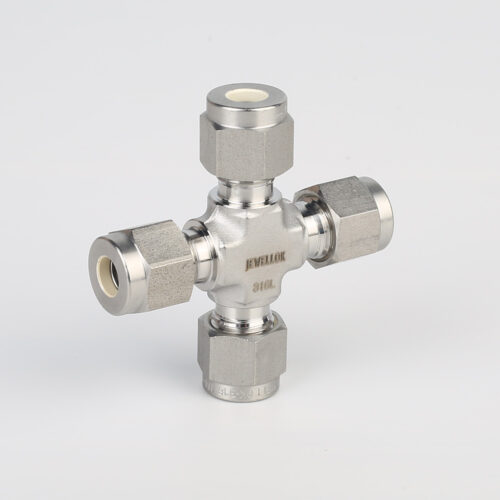
7102L Stainless Steel 316L SS Union Cross Ultra High Purity Long Arm Union Elbow Tee Cross Butt Weld Fittings
-
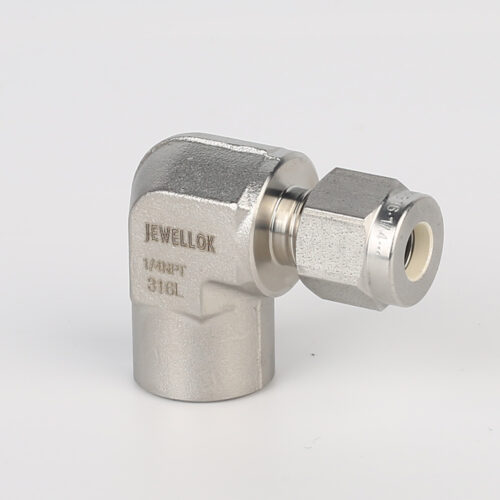
770L Female Elbow | Stainless Steel High Purity Weld Fittings Female Micro Elbow Fittings
-
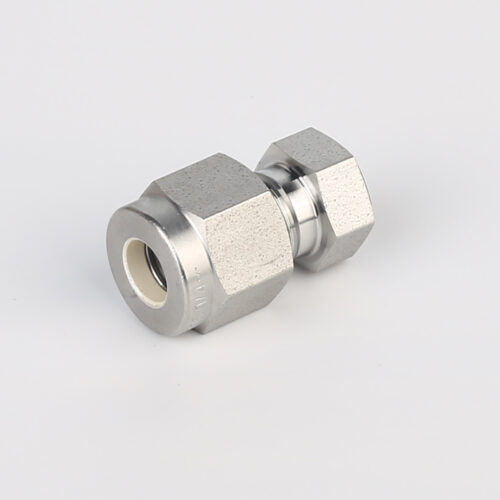
7108L Cylinder Cap Connectors For Ultra High Purity Gases
-
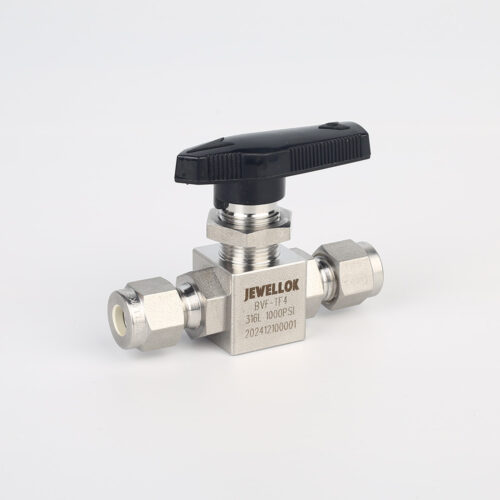
Stainless Steel High Purity High Temperature Pneumatic Actuated Ball Valves JBV2 Series
-
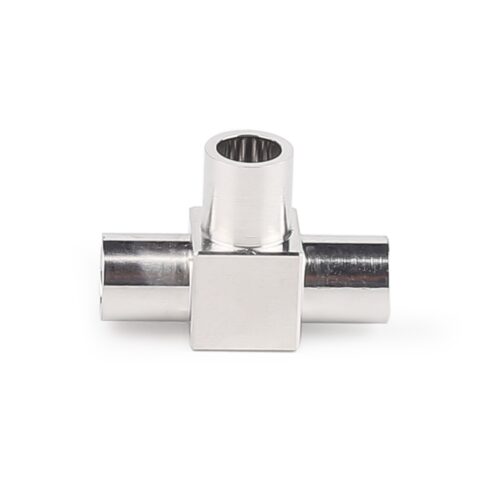
Stainless Steel Ultra High Purity Mini Butt Weld Mini Tee Reducer MTRW Series Fittings